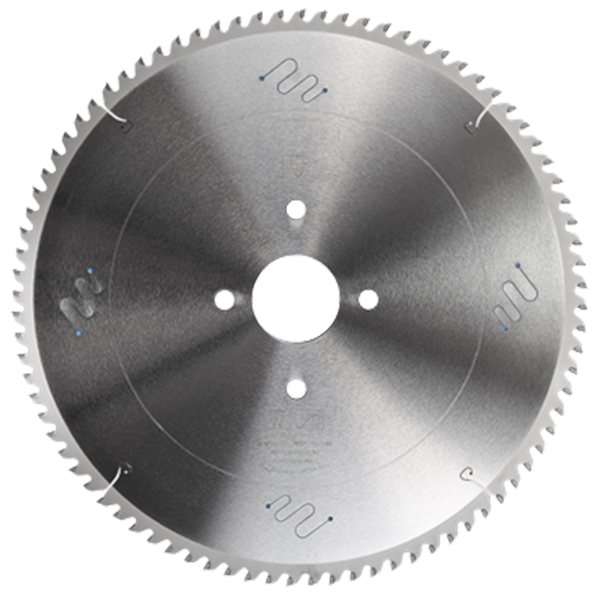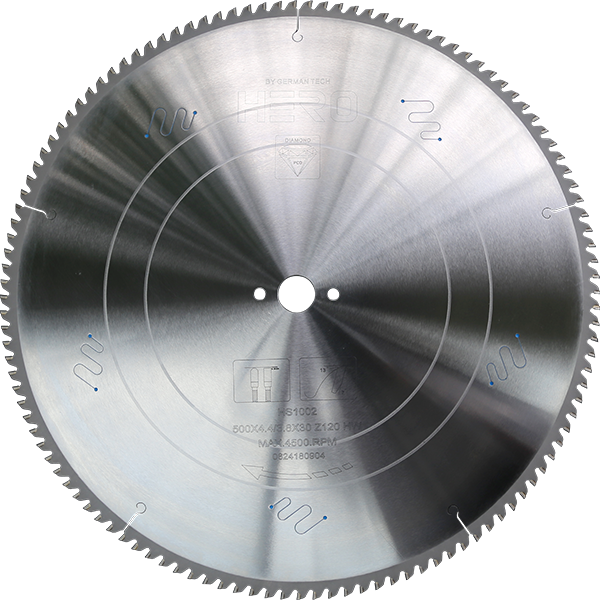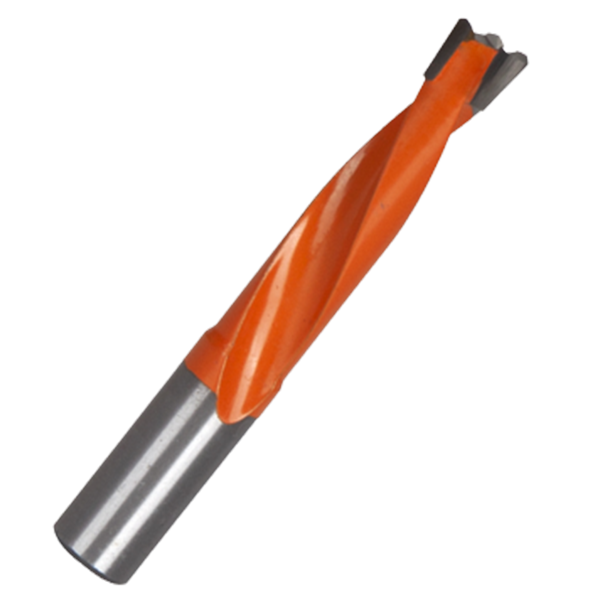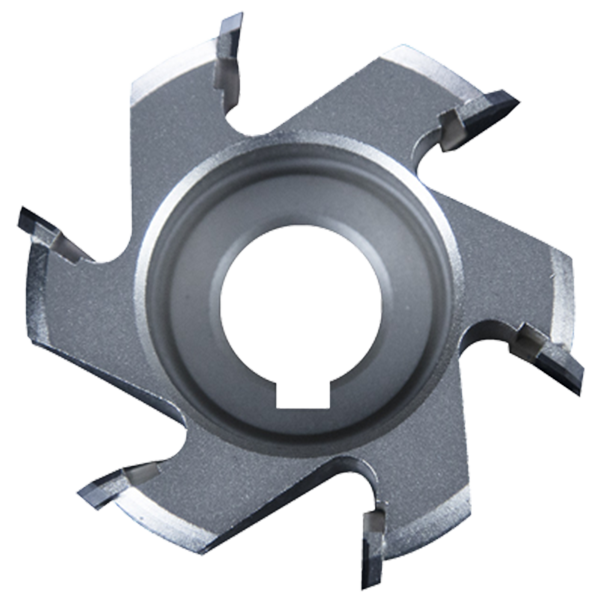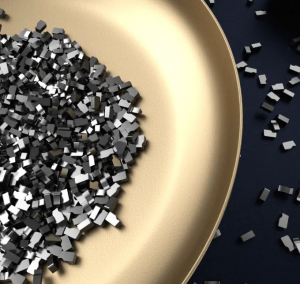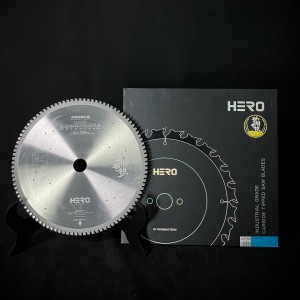How to Choose Between a Regular Iron Cutting Saw and Circular Cold Saw?
For many metalworking shops, when cutting metal, saw blade choice can have a significant impact on cut efficiency and quality.Making the wrong choice hurts your short-term productivity. In the long run, it can limit your chances of earning clients that need certain cuts in specific material.
To help you make the right choice, you need to know the advantages and disadvantages of cold saw blades and regular iron cutting saw blades
What is a cold saw
Cold saws use a circular saw blade to cut through a variety of metals that include sheet metal. As the name implies, a cold saw does its job effectively, while preventing both the blade and metal from getting too hot. Cold saws are typically free-standing machines and not the bench-top, portable variety.
It is a cutting machine used to cut metal at high speed without creating excessive heat, sparks or dust. Cold sawing uses a circular blade to remove material while transferring the generated heat to the chips that are created by the saw blade. The heat produced during cutting with a cold saw is transferred to the burrs formed instead of the cut material, thus the workpiece remains cold.
A cold saw utilizes either a solid high-speed steel (HSS) or tungsten carbide-tipped (TCT) blade turning at low RPMs.
Contrary to the name, HSS blades are rarely used at very high speeds. Instead, their main attribute is hardness, which gives them high resistance to heat and wear,resist premature wear that could affect the finish of cut parts. . TCT blades are more expensive but also extremely hard and capable of operating at even higher temperatures than HSS. This allows TCT saw blades to function at even faster rates than HSS blades, dramatically reducing cutting time.
Advantages of Using a Cold Saw
Cold saws can be used for cutting many different shapes, including rods, tubes, and extrusions. Automated, enclosed circular cold saws work well for production runs and repetitive projects where tolerance and finish are important. These machines offer variable blade speed and adjustable feed rates for high-speed production and burr-free, accurate cuts.
Cold saws, with their toothed blades, make clean cuts without burred edges. While abrasive blades tend to wander, even on straight cuts, the toothed blades are much more dependable on straight or angled cuts.With a good, sharp blade, a fast circular cold saw has the advantages of nearly eliminating burrs and producing no sparks, discoloration, or dust. So, the method generally delivers a high-quality finish with true edges.They are also a lot less messy without all that abrasive dust that gets on everything in its area.
The cold sawing process is capable of high throughput on larger and heavier metals — in certain circumstances, even as tight as ±0.005” (0.127 mm) tolerance. Cold saws can be used for cutoff of both ferrous and non-ferrous metals, and for both straight and angled cuts. For example, common grades of steel lend themselves to cold sawing, and can be cut quickly without generating a lot of heat and friction.
You could save money with a cold saw
Although the initial price of a cold saw blade might be higher than an abrasive disc, you can resharpen the carbide-tipped blade numerous times, translating into significant savings. Cold saws also save time and money by making precision cuts.
These flawless cuts do not require a secondary finishing operation, saving even more labor in many cases. Accurate cuts are still another benefit as cold cut saws can hold close tolerances, once again eliminating an expensive secondary sizing operation.
Is a cold saw a good choice for your metal cutoff application?
Before you choose cold sawing for your metal part cutoff, it is critical to understand the advantages and disadvantages of the process. That way, you can evaluate and decide whether it — or any other precision metal cutting method you might be considering — will meet your needs and priorities.
Disadvantages of Using a Cold Saw
However, cold sawing is not ideal for lengths under 0.125” (3.175 mm). Additionally, the method can indeed produce heavy burrs. Specifically, it is an issue where you have ODs under 0.125” (3.175 mm) and on very small IDs, where the tube would be closed by the burr produced by the cold saw.
Another downside to cold saws is that the hardness makes the saw blades brittle and subject to shock. Any amount of vibration — for example, from insufficient clamping of the part or the wrong feed rate — can easily damage the saw teeth. In addition, cold saws usually cause significant kerf loss, which translates into lost production and higher costs.
While cold sawing can be use to cut most ferrous and non-ferrous alloys, it is not recommended for very hard metals — specifically, those harder than the saw itself. And while cold saws can do bundled cutting, it can only do so with very small diameter parts and special fixturing is required.
Ordinary iron cutting saw blades:
1. Cutting mechanism:Regular iron cutting saw blades, on the other hand, typically use abrasive or high-speed steel teeth to cut metal. These blades generate a lot of heat during the cutting process, which can cause burrs and thermal deformation of the workpiece.
2. Material compatibility:Regular iron cutting saw blades are suitable for cutting softer ferrous metals such as mild steel, cast iron and other similar materials. These blades are typically used in general manufacturing and construction applications where precision cutting is not a major concern.
3. Blade life:Regular iron cutting saw blades may experience faster wear due to the high heat generated during the cutting process. Therefore, they may need to be replaced more frequently, especially when used for heavy-duty cutting tasks.
4. Cutting speed and efficiency:General iron cutting saw blades are known for their high cutting speeds, making them suitable for fast, rough cuts in ferrous metals. However, the heat generated during the cutting process can affect the quality of the cut and additional finishing may be required to achieve the desired result.
in conclusion:
In summary,the choice between cold saw blades and conventional iron cutting saw blades depends on the specific requirements of the metal cutting application. Cold saw blades are best for high-precision cutting of non-ferrous metals, providing clean, burr-free cuts and extending the life of the blade. Regular iron cutting saw blades, on the other hand, are great for fast, rough cuts in ferrous metals, although they may require additional finishing processes. Understanding the differences between these two types of saw blades is crucial to choosing the most appropriate option for a given metal cutting task.
Look for a circular cold saw if your work:
-
Cuts materials that generally aren’t too large -
Does a large amount of miter cutting -
Must produce clean finishes that require no secondary operations -
Needs to avoid heating material or creating burrs on cut edges -
Is willing to pay more, but receive a higher ROI
Remember, these saws blade are long-term investments. Consider your current and future needs when you’re making a choice. The right saw will boost your profitability and efficiency for years.
To find out more, fill out our contact form,or email us.
Post time: Sep-14-2024

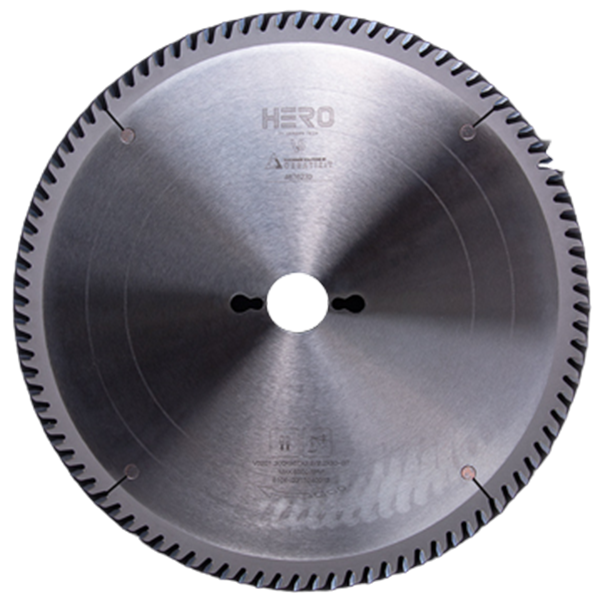 TCT Saw Blade
TCT Saw Blade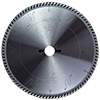 HERO Sizing Saw Blade
HERO Sizing Saw Blade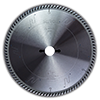 HERO Panel Sizing Saw
HERO Panel Sizing Saw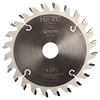 HERO Scoring Saw Blade
HERO Scoring Saw Blade HERO Solid Wood Saw Blade
HERO Solid Wood Saw Blade HERO Aluminum Saw
HERO Aluminum Saw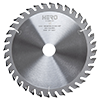 Grooving Saw
Grooving Saw Steel Profile Saw
Steel Profile Saw Edge Bander Saw
Edge Bander Saw Acrylic Saw
Acrylic Saw PCD Saw Blade
PCD Saw Blade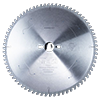 PCD Sizing Saw Blade
PCD Sizing Saw Blade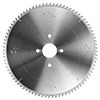 PCD Panel Sizing Saw
PCD Panel Sizing Saw PCD Scoring Saw Blade
PCD Scoring Saw Blade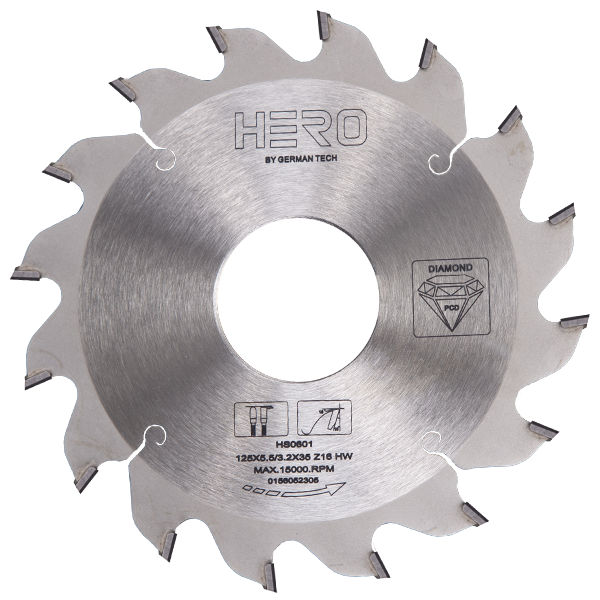 PCD Grooving Saw
PCD Grooving Saw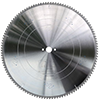 PCD Aluminum Saw
PCD Aluminum Saw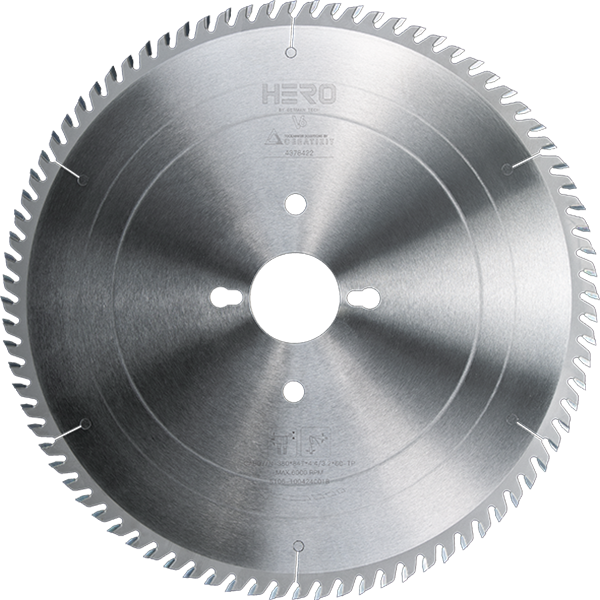 Cold Saw for Metal
Cold Saw for Metal Cold Saw Blade for Ferrous Metal
Cold Saw Blade for Ferrous Metal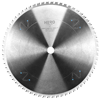 Dry Cut Saw Blade for Ferrous Metal
Dry Cut Saw Blade for Ferrous Metal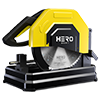 Cold Saw Machine
Cold Saw Machine Drill Bits
Drill Bits Dowel Drill Bits
Dowel Drill Bits Through Drill Bits
Through Drill Bits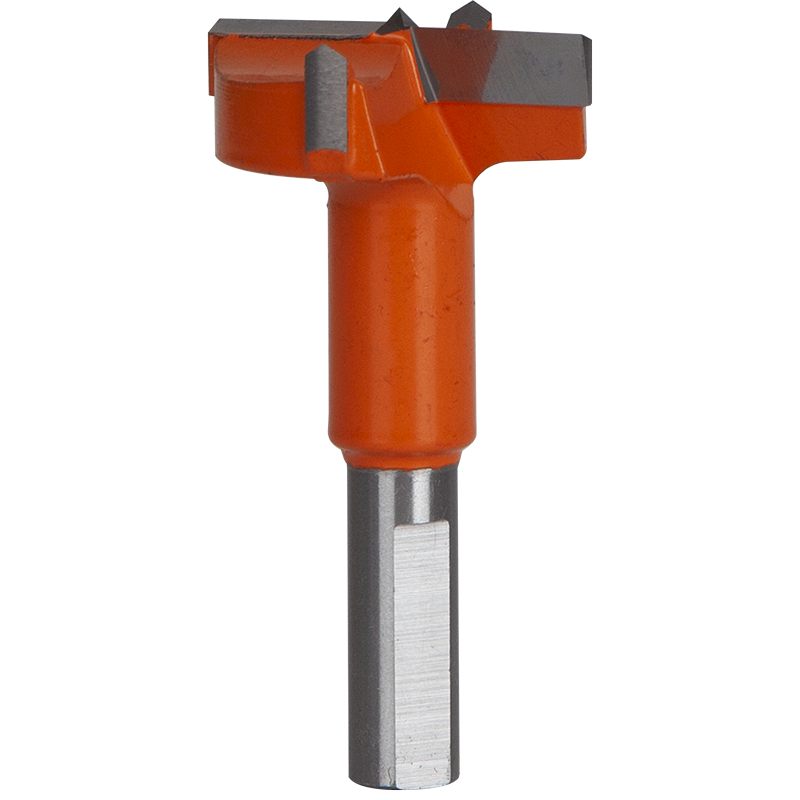 Hinge Drill Bits
Hinge Drill Bits TCT Step Drill Bits
TCT Step Drill Bits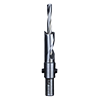 HSS Drill Bits/ Mortise Bits
HSS Drill Bits/ Mortise Bits Router Bits
Router Bits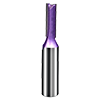 Straight Bits
Straight Bits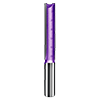 Longer Straight Bits
Longer Straight Bits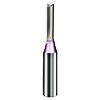 TCT Straight Bits
TCT Straight Bits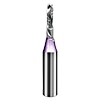 M16 Straight Bits
M16 Straight Bits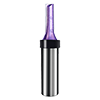 TCT X Straight Bits
TCT X Straight Bits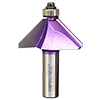 45 Degree Chamfer Bit
45 Degree Chamfer Bit Carving Bit
Carving Bit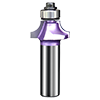 Corner Round Bit
Corner Round Bit PCD Router Bits
PCD Router Bits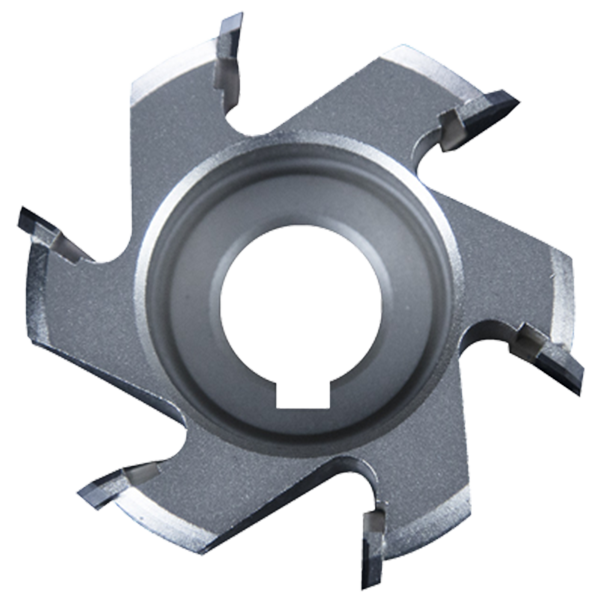 Edge Banding Tools
Edge Banding Tools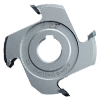 TCT Fine Trimming Cutter
TCT Fine Trimming Cutter TCT Pre Milling Cutter
TCT Pre Milling Cutter Edge Bander Saw
Edge Bander Saw PCD Fine Trimming Cutter
PCD Fine Trimming Cutter PCD Pre Milling Cutter
PCD Pre Milling Cutter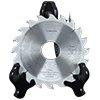 PCD Edge Bander Saw
PCD Edge Bander Saw Other Tools & Accessories
Other Tools & Accessories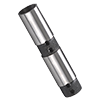 Drill Adapters
Drill Adapters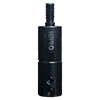 Drill Chucks
Drill Chucks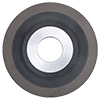 Diamond Sand Wheel
Diamond Sand Wheel Planer Knives
Planer Knives
